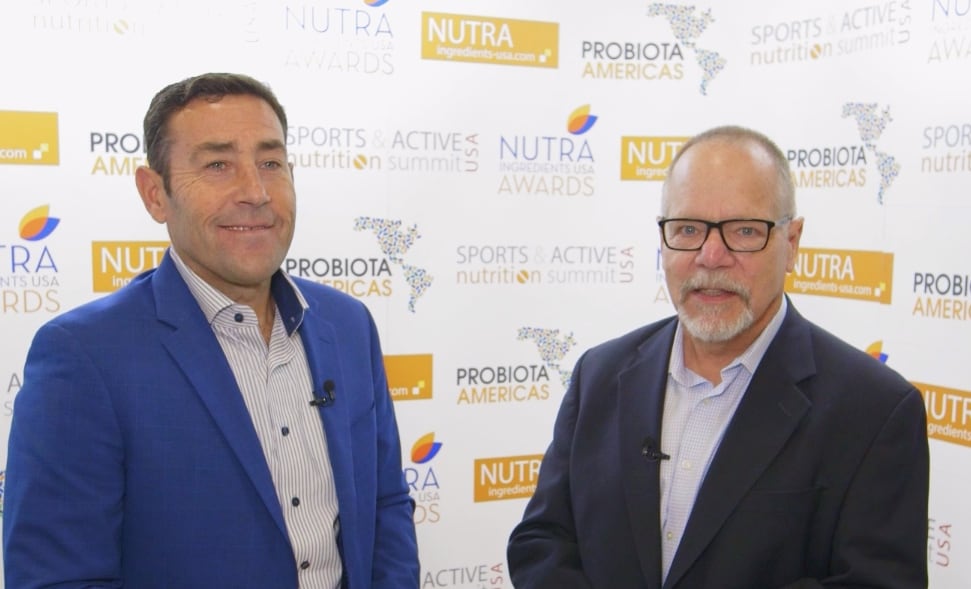Proprietary blends of non-nutritive ingredients are permitted under the Dietary Supplement Health and Education Act (DSHEA) of 1994, and analysis of the Dietary Supplement Label Database (DSLD) shows that the proportion of proprietary blends has remained relatively unchanged over the years. The DSLD shows that 34% of labels in the database listed dietary ingredients in blends, with 21% listing them in proprietary blends, as of April 2022.
Speaking with NutraIngredients, Duffy MacKay, ND, Sr VP of Dietary Supplements for the Consumer Healthcare Products Association (CHPA) and co-author on a new paper on the topic, said: “The lore, the legend, has it that when DSHEA was being negotiated in the ‘90s there was the recognition of smaller herbal companies that were driven by an herbal expert, an herbalist, a naturopath, some expert who had put these formulas together and used them for decades. So, they had their heart health formula that had six herbs in it, and only they knew how much of each of those herbs.
“And the concern was that, at the time that DSHEA was put into law, that maybe larger, more resourced companies would just take those successful formulas, put it under their name, and steal the intellectual property.”
Everyone understands the need to protect intellectual property, said Dr MacKay, but proprietary blends also open the door for dishonest behavior.
“We’ve seen it before, when you have a newer ingredient that’s rising in popularity, maybe the cost is high, and we know you need 500 mg to get the benefit. And companies will say, well that’s really expensive but consumers are looking for that ingredient, so I’m going to make a proprietary blend and put a little bit in there so the consumer sees it’s there and will assume it’s enough.
“That just drags the entire industry down because consumers are buying products that don’t deliver on the benefit of the ingredient. So, the question of is whether you can trust the industry. I think it’s reassuring that we haven’t seen a dramatic increase in the use of proprietary blends [over the years].”
Reactive vs proactive regulating
The new paper, published recently in the Journal of Nutrition, explores the history of proprietary blends, the rationale for and the arguments against them, and also provides perspectives for the future. Dr MacKay worked with researchers from the NIH Office of Dietary Supplements and the FDA on the paper, which he said had a very specific focus: looking at was what’s the impact on researchers.
“There is where the transparency argument comes to play,” he said. This relates to trying to understand exposures to certain ingredients from a public health perspective, which is made more difficult by the obfuscation of proprietary blends.
“FDA ultimately does have access to this information,” said Dr MacKay. “When you’re making a product, you have to put together a Master Manufacturing Record, and in that you have list the specific amounts of each ingredient you’re using in that proprietary blend. So, if FDA had a safety concern, they would be able to go to the records and determine how much is there.
“But that’s reactive regulating: They find a problem and then they have to go upstream to discover where that’s at. So, the question is would the industry be in a better place if we had more proactive regulations where companies were submitting this information to the FDA as they were going to market, ie, a product listing, and possibly that product listing included the different amounts of the ingredients in a proprietary blend that only FDA had access to.”
Take a stand
The paper, as noted, is focused on researchers, but Dr MacKay said the issue is important to the future of the industry.
“I think it’s really important for industry to take a position on this issue because if we do run into dietary supplement regulatory modernization, and we are looking at legislative reform, we know there are stakeholders who want to get rid of the proprietary blend, we know there are stakeholders who want mandatory product listing, we know FDA wants a new prohibited act,” he said.
“So, from an industry perspective, we also need to be ready with what we want and what we’re willing to negotiate out. And if proprietary blends are just so key to our existence, we are going to be able to defend that, and possibly come to a compromise.
“If intellectual property protection and proprietary blends are really important, then we better be prepared stand, defend, justify as we negotiate through any legislative proposals.”
Source: Journal of Nutrition
Published online ahead of print, doi: 10.1016/j.tjnut.2023.03.035
“Perspectives on the Use of Proprietary Blends in Dietary Supplements”
Authors: L.G. Saldanha, J.T. Dwyer, C.J. Hardy, D.J. MacKay
The authors note that the paper is based on the proceedings of the session New Research Findings on the Use of Proprietary Blends in Dietary Supplements presented at Nutrition 2022. A video of the session can be viewed free of charge at https://cdmcd.co/w34BAm.




